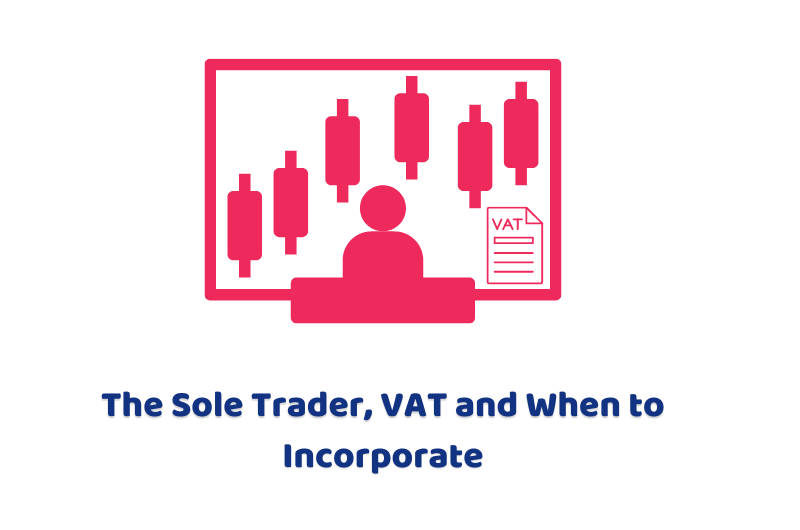Many people see the option of becoming a sole trader and carrying out a business as a legal sensible choice to be associated with the business world. Some opt for the value-added tax voluntarily and others just pass the fact as it is not applicable to them. Whatever the case may be, you certainly need to know a few facts and we have brought them into the limelight for a better understanding. The sole trader VAT threshold comes under focus because there is a tendency of being a sole trader among the residents of the UK.
This depends on the amount of money that you are earning through your business as a sole trader, which will decide whether you are liable to pay VAT or not. If your business turnover is going above the limit of £85,000, you are most likely to be able for VAT registration. Further in this article, we will involve the discussion on VAT registration for sole traders, what are the VAT rates for them, and how can they charge VAT on the services and products offered to the customers.
AccountingFirms offers you tech-driven and professional accounting and bookkeeping services where you can find solutions to all your financial needs.
Registration for The Sole Trader VAT Threshold
Getting registered for VAT is as easy as doing it online with HMRC. It is known to be a simple process. Once your VAT registration is approved by HMRC, you will receive a unique VAT number. This number will be specified for your business only. This process takes a period of a month until you receive the VAT number from HMRC. The way you receive it is through a VAT certificate.
This certificate will also have the details of the dates of your first VAT submission to HMRC as well as the registration date. Your business trading name will have VAT registration under it. This could be your name or the trading name of your business. It totally depends on your choice.
What are VAT Rates For Sole Traders?
As a common fact, there are three levels of value-added tax. These are known as standard rate, zero rate and reduced rate.
1- Zero Rate
This zero rate is applicable for child clothing and most food items.
2- Reduced Rate
The current reduced rate is 5 per cent. This rate is applicable or the selected food items and services. Home energy and the car seats of children are a few such examples that come under reduced rates.
3- Standard Rate
The standard rate is 20 percent currently. This is applicable to a large number of services and food items.
Moreover, there is a case of VAT-exempt items as well. This is a kind of VAT that is not allowed to claim back.
How Do Charge VAT on the Services and Products That are Sold to the Consumers?
It is allowed for the VAT-registered business to charge VAT on the sales invoices. Let us take the example of an invoice that is £1,000, if 20 per cent VAT is charged to the customers for the offered products or services, you will be allowed to add £200 as VAT to the invoice and the customer will pay you a total amount of £1,200. You will be liable to complete your VAT return quarterly.
This is because you are liable to showcase how much amount you have charged as VAT to the customers and what amount you have gathered in this period. This way you will be able to show how much amount you have paid to the suppliers as VAT.
The Bottom Line
Now that you have gathered a fair amount of information about the sole trader VAT threshold, we can say that VAT registration is for sole traders who are earning more than the limit threshold. However, it is imperative to know the basics for beginners as well. This will help you to handle VAT affairs for your business in the future. We hope these few minutes of reading have helped you to develop a better understanding of VAT registration for sole traders and how to charge it in the invoice.
Let’s talk to our accredited accountants and professional tax experts to sort out the sole trader VAT threshold problems in one go at the AccountingFirms.
Disclaimer: All the information provided in this article on the sole trader VAT threshold, including all the texts and graphics, is general in nature. It does not intend to disregard any of the professional advice.

